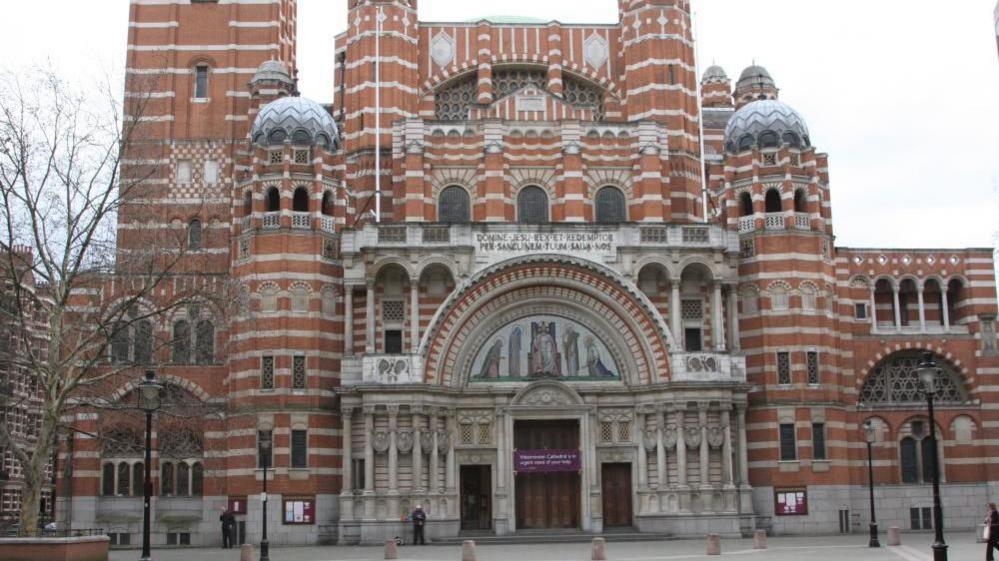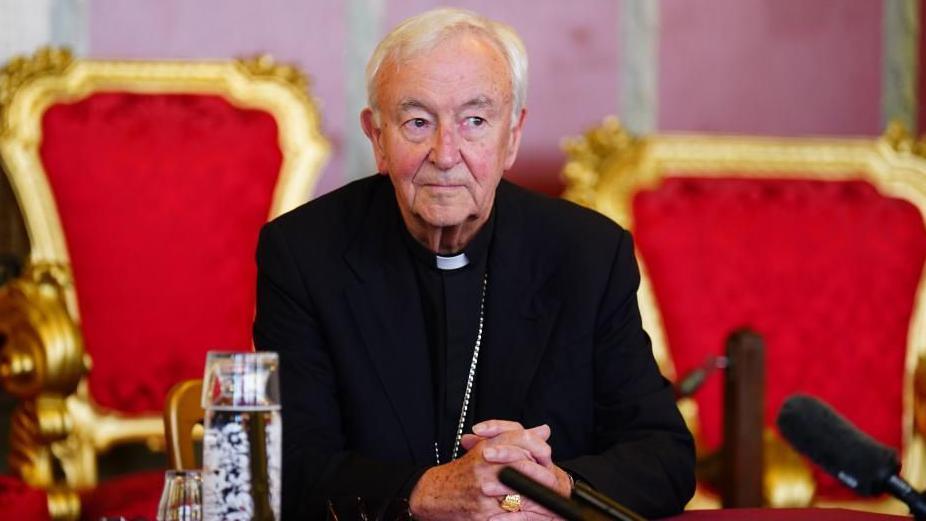GRANNY BARKES - A great stocking-filler for this Christmas...
"This masterpiece from an undoubted future Nobel Prize winner should be required reading for the entire human race”A Northern Ireland woman has settled a sexual harassment case against a former employer after being “slapped on the bottom” by a male supervisor.
Jayla Boyd settled her case against her former employer JD Sports Fashion PLC for £65,000.
The company acknowledged and apologised for the significant upset, distress, and injury to feelings experienced by Ms Boyd.
She had worked part-time at a Belfast store while studying for her A-levels. It was during this time she said she was slapped on the bottom by a male supervisor.
Ms Boyd said she reported the incident to her manager that day and was told that CCTV had captured the incident. However, the supervisor was allowed to continue to work alongside her for the rest of the shift.
She said he approached her twice during that time to talk to her and apologised for what he had done, explaining that it was “muscle memory”.
Ms Boyd raised a complaint of sexual harassment, but claims that while she made a written statement, she was not interviewed formally about her experience.
She said she felt upset and distressed that her employer failed to offer her support after the incident, so she used some annual leave to take time away from her job.
When she returned to work, she said no return-to-work meeting was arranged, and she was not updated about the investigation or outcome of her complaint.
Ms Boyd has also claimed that her personal information relating to the incident was seen by other staff on a manager’s computer.
She said she experienced further embarrassment during a staff training session when an example involving a woman being slapped on the bottom by a supervisor was discussed, and felt certain the example referred to her own experience.
She later resigned from her job, and said she hopes by speaking out she can encourage others to challenge this sort of behaviour.
“Like most A-level students, I was working in a part-time job to earn some money. I never expected this to happen to me,” she said.
“The initial incident was embarrassing, but it was made worse because I felt like they were trying to ignore what had happened to me instead of dealing with it properly.
“I had to remain working with this male supervisor after he had sexually harassed me.
“Everyone deserves to feel safe and supported at work.
“I hope that by speaking out I can give others the confidence to challenge this type of behaviour.”
Ms Boyd was supported in her case by the Equality Commission for Northern Ireland.
Chief commissioner Geraldine McGahey said employers should have clear policies and procedures in place to deal with harassment.
“A zero-tolerance approach by employers to sexual harassment in the workplace will remind everyone how seriously it will be dealt with should any instances arise,” she said.
“In order to prevent it, employers must ensure that all staff know what behaviour is acceptable, and unacceptable, in the workplace.
“Employers must have clear policies and procedures in place to deal with harassment, and managers must be trained to use them appropriately. This type of behaviour must be investigated thoroughly, with the complaint dealt with sensitively and in a timely manner.”
JD Sports Fashion PLC also reaffirmed its strong commitment to the principle of equality of opportunity, and agreed to liaise with the Equality Commission to review its policies, practices and procedures.






